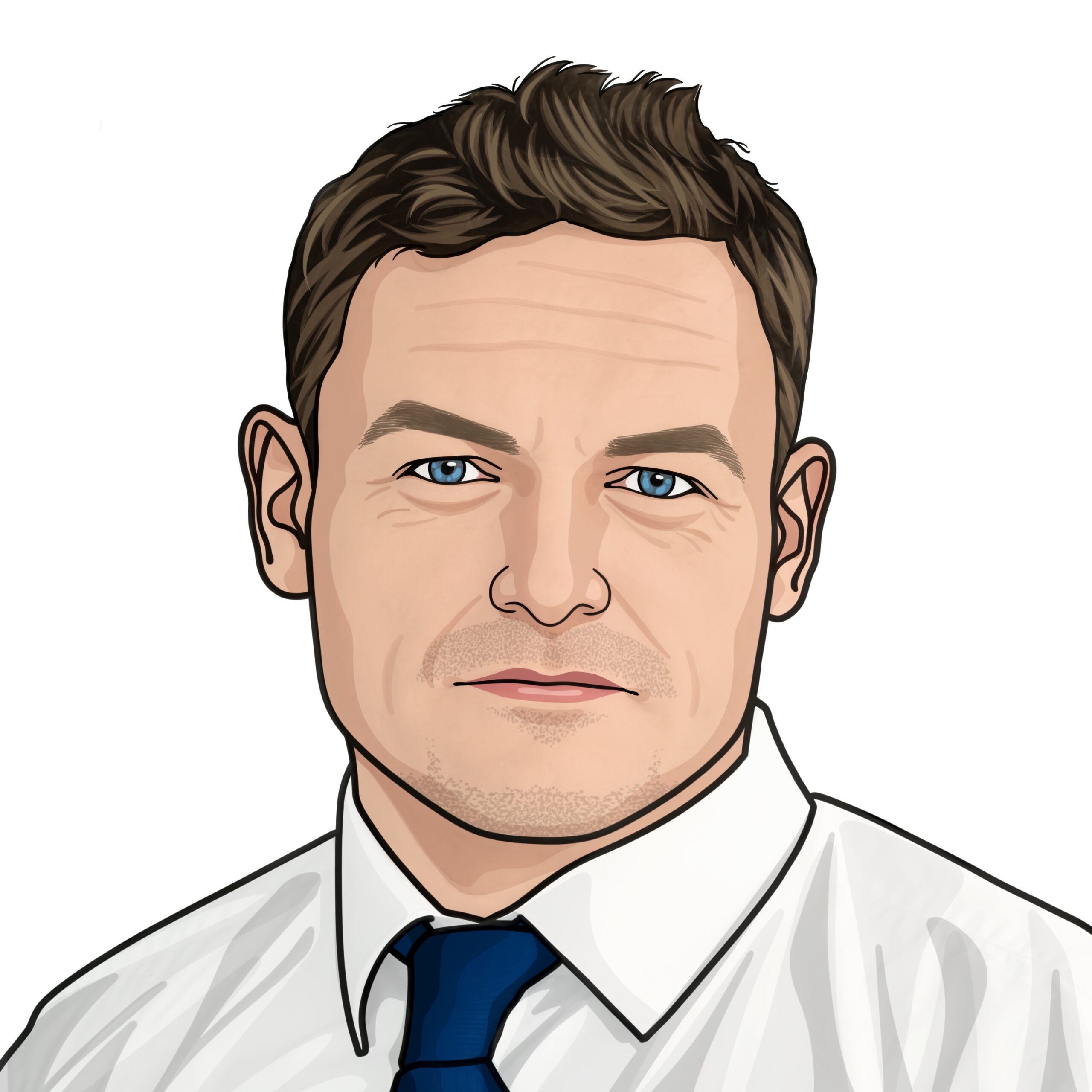 While the European and UK consolidated tape fiascos are dominating gossip around the Fixed income Leaders Summit in Amsterdam, other big themes are clearly showing through.
While the European and UK consolidated tape fiascos are dominating gossip around the Fixed income Leaders Summit in Amsterdam, other big themes are clearly showing through.
The asset management industry is continuing to tighten its belt, and many buy-side bond desks need to challenge the perception that they are cost centres, instead proving their value as alpha retainers or generators.
Directing artificial intelligence implementation is one potential source of greater control for traders as these tools reduce workload with a relatively light lift, at least in their early stages. While access to the quality data necessary to power them is variable and sometimes expensive, seizing the initiative to allow the traders to control the machines that control trading is seen by some as the future. Nevertheless, scepticism remains around consistent performance and value on some desks.
To reduce costs, lower trading fees and lower touch trading are key. Europe is seeing increased competition amongst trading platforms with MTS Bondvision’s dealer partnership. By offering lower cost trading for the sell side, tighter spreads can then quoted on the platform for the buy side. Yet it will still need to entice buy-side traders by supporting the implicit costs of trading as well, and a response is expected from the incumbent bond trading platforms of Bloomberg, MarketAxess and Tradeweb. Furthermore, as Liquidnet’s bond trading business evolves through the edition of Neptune axe data, this creates a potentially highly competitive electronic block trading model.
Efficiency is further granted by execution management systems (EMSs) which are seeing more significant take-up on bond desks, with some skew towards desks that trade multi-asset or systematically. Implementation is still the bugbear as for any technology, however confidence in data to populate EMSs is up, and their potential to increase trading efficiency is now considerable. While this does not always require a vendor platform – big firms like Man Group and AllianceBernstein have famously developed their own in-house EMSs – several vendors are reporting that business is booming.
As a counterpoint order management systems (OMSs) are seen with concern, increasingly around process ‘capture’ by vendors where platforms cannot be switched, limiting evolution of workflows. Internal OMS build is also favoured by more systematic fund managers.
Yet the best attended session this week will undoubtedly be the closed panel on the consolidated tape providers (CTPs), which will include Etrading Software – the winner of the UK CTP contract, which is under threat from a lawsuit filed by Ediphy against the UK regulator – and Ediphy, the winner of the European Union CTP, which is apparently delayed until 2027, and the challenger of the UK award.
Questions being bandied around the conference floor include; how is each vendor funded currently, and is Ediphy financially supported by its backers? Why did neither regulator ask if the platforms’ technology was already built? Why did the UK regulator ignore concerns about the auction process? How will the firms make money with only one of the two contracts – and is Etrading Software’s £4 million winning bid enough revenue to cover five years’ expenses?
It is hoped that these questions and more will be answered on Thursday’s panel.
©Markets Media Europe 2025













